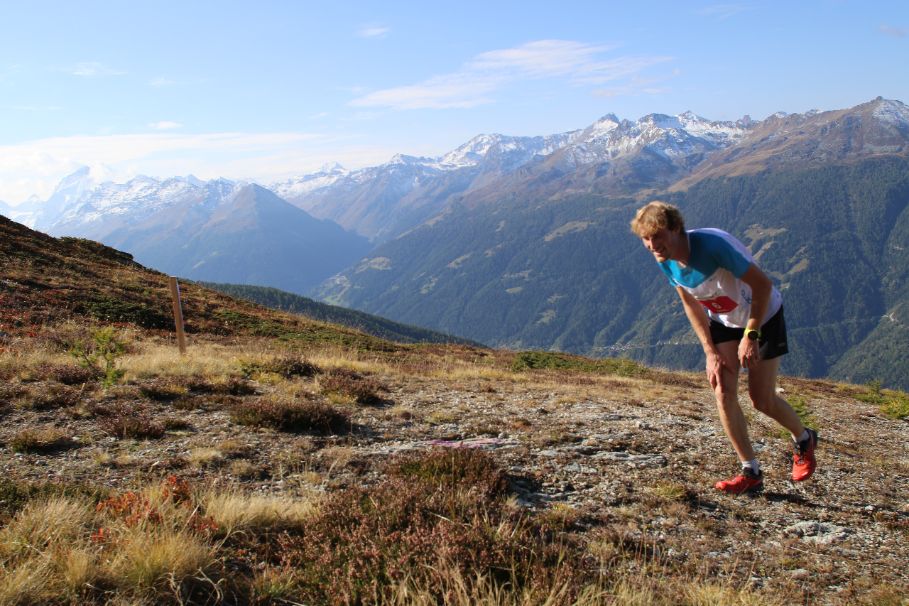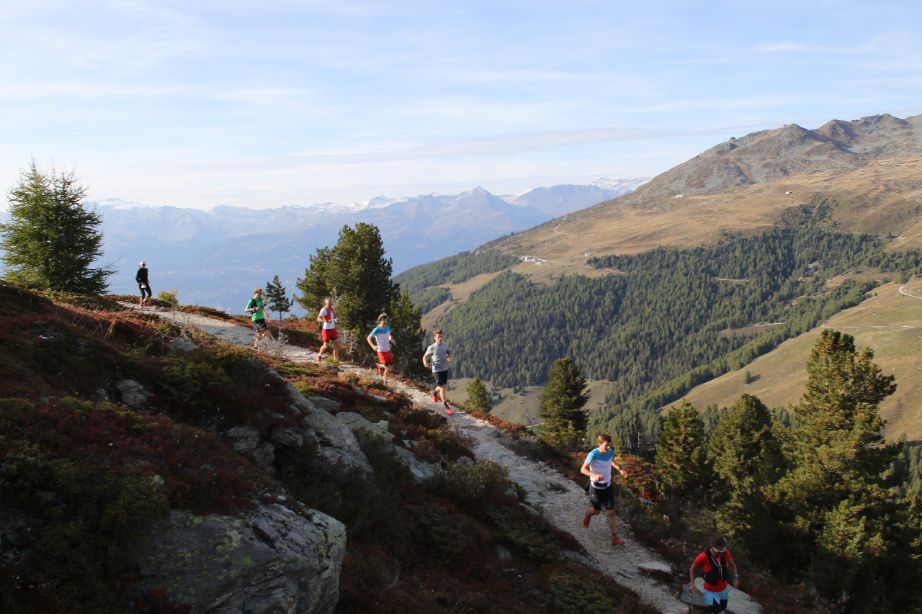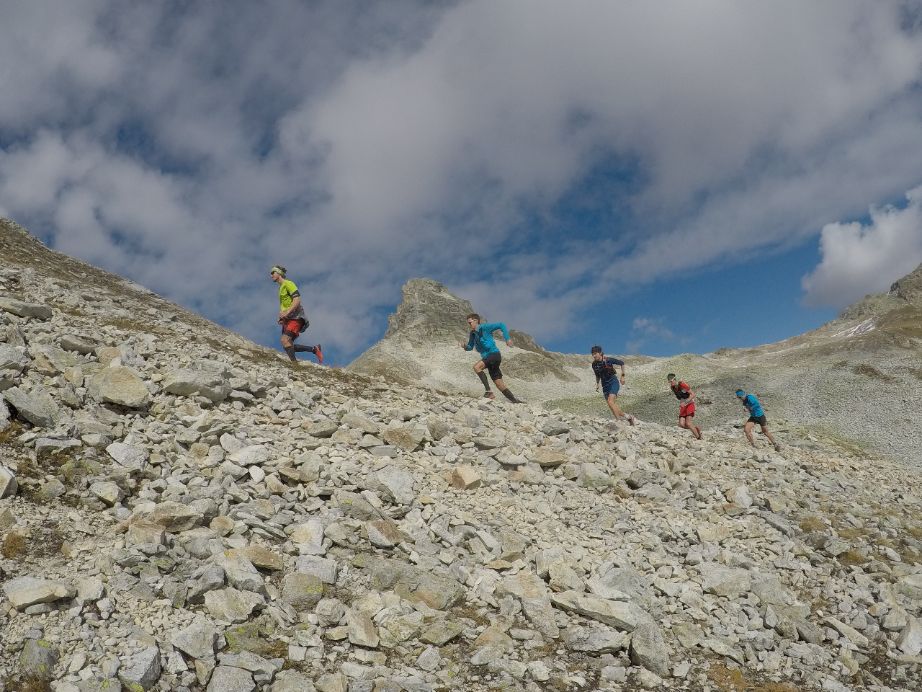The view into the distance: an uneven path winds its way through the autumn landscape. The view directly ahead: Many colored leaves on the ground and a small hop over a root, a long step on the next stone and immediately on to the next one to “surf” the trail elegantly. Every step is different. The terrain invites you to play. It is much more exciting and above all gentler on the body than pounding long kilometers on asphalt. This is especially true with the right trail technique. Follow these tips for the best trail running.
Trail Running – a RUNNING EXPERIENCE, which we want to bring a little bit closer to you in this series. In the first blog post, we showed you what trail running actually is and why runners benefit from trail running in their training. Now it’s time to get down to business: What is the most efficient and safest way to run off-road? Here are some technical tips for trail running.
Versatile Trail Running
The foot contacts the ground differently with each step and always demands a different stabilization throughout the leg. As a result, different muscles are stressed. Trail running is therefore much more versatile than running on asphalt and has a correspondingly positive effect on injury prevention.
View – actively observing the trail
In technical terrain it takes some practice to get the right perspective. This is especially important on the surface and downhill. On one hand, your gaze wanders into the distance and you should look ahead to read the trail, but at the same time you should also notice the terrain directly in front of you. This change between the wide and close view is mainly a matter of practice. With time you can read the terrain easily and switch back and forth. This way, you can speed up on the trail depending on the difficulty.
Uphill – walking or running?
When going uphill, the question often arises: walk or run? This is of course very individual and is also related to the ability to perform. In general, it can be said that it is more efficient to hike from a speed of 7km/h. The pros then call this speed hiking!
When walking upwards, the upper body also remains upright and the gaze is directed forward. Here it is also better to take small steps with a high cadence. When running uphill, you run naturally on the forefoot.
Downhill – Accept the Trail
Accept and embrace the trail. You should have respect for a technical trail, but do not fear it. The important thing is that downhill, whether the trail is technically demanding or easy, you always stay active and alert.

Active means:
- Playfully exploiting the trail and its conditions: “surf” with small fast steps over sticks and stones.
- Light template: The body’s center of gravity should be above the feet. If you lean back too far, it is easier to slip and the strain on the front thigh muscles is very high.
- Landing on the forefoot: If you actively run downhill, you automatically run on the forefoot or midfoot. Because of the active running we have one more joint through the ankle joint, respectively one more muscle group for the cushioning of the load. The eccentric forces, i.e. the forces required to slightly slow down the step, are thus distributed from the front thighs to the calves. Also the risk of injury due to twisting is much less high during active running.
- Stable core: A stable core is even more important than when running on the road. The different steps also need different levels of stability. Worth a try: Focus on the stomach – am I stable?
- The arms help to maintain balance: In contrast to running in the plane, the arms are not used as rhythm and swing elements, but rather as a means of balance. So the arms are not swung along the body, but are further away from the body, like the wings of an airplane or the balance stick of a tightrope walker.
The advantages of active running are enormous: less strain on the musculoskeletal system, less susceptibility to injury, more beautiful and dynamic running. This also reduces sore muscles in the front thigh muscles. We have all experienced sore thighs one or two days after a hike where you have been running downhill for a long time and very passively. Staying active helps combat this.
No one is born a Trail master!
Light-footed running on the trails takes practice. That’s why it’s called: Trail yourself! And use the weather conditions in autumn for great trail experiences. If you have any further tips, we would be very happy if you share them in the comments.

Would you like to learn with trail running professionals and spend days on the trails? Here is your chance.
Photos: Gabriel Lombriser
Author of the blog post: Stefanie Meyer and Gabriel Lombriser

